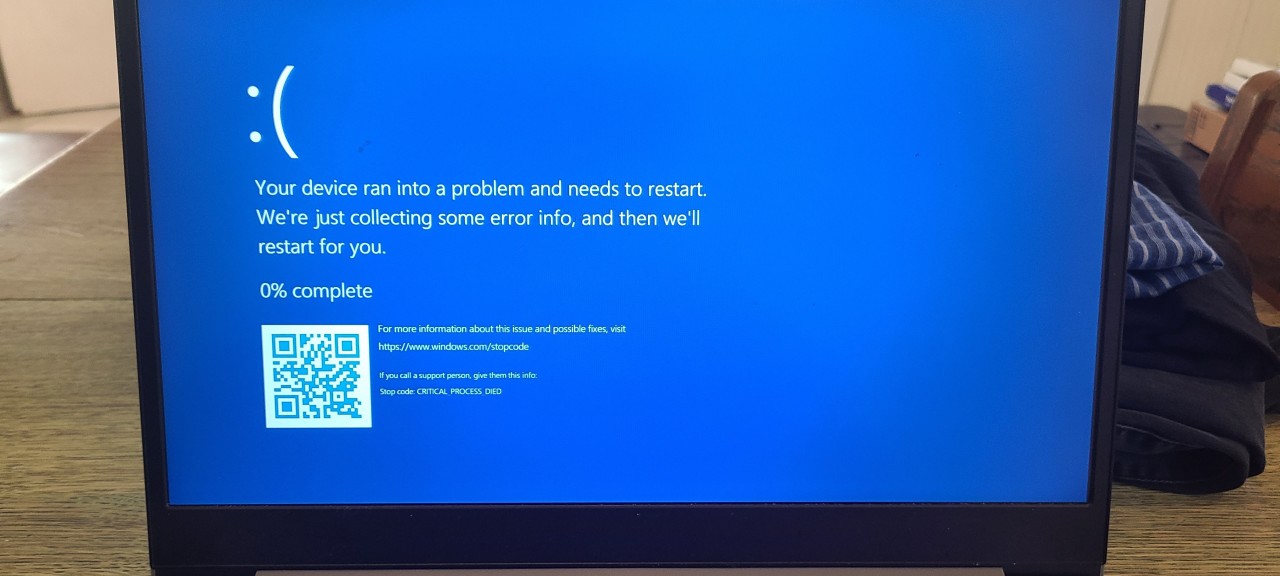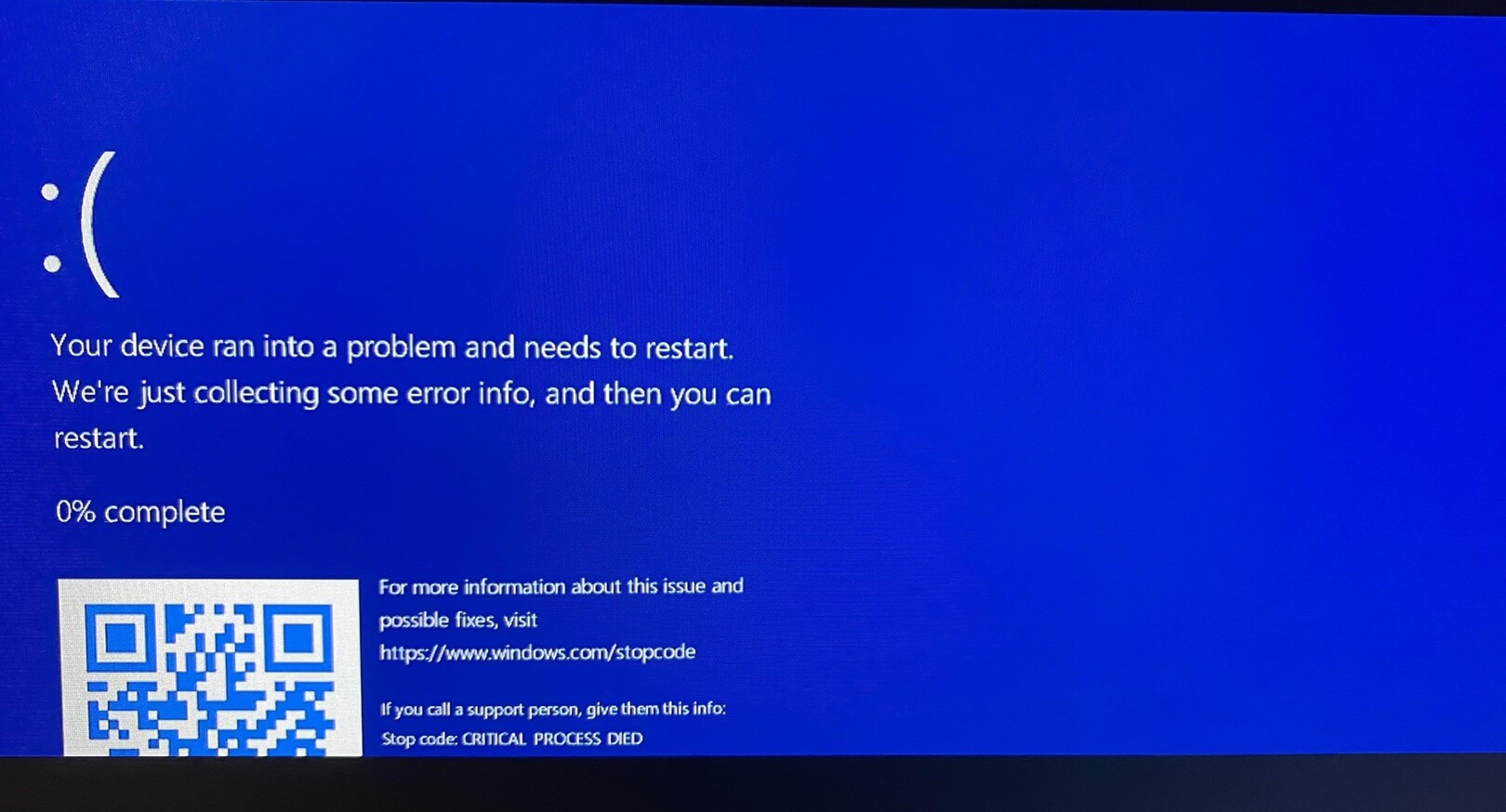Microsoft recently released update KB5053598 for Windows 11 24H2 as part of its Patch Tuesday updates. This mandatory update is intended to install automatically and includes critical security fixes. However, reports from Windows Latest indicate that the update is causing major issues for many users, making it more of a problem than a solution.
One of the main issues is that the update fails to install properly, displaying error codes such as 0x800f0993, 0x800F081F, 0x80070032, and 0xC004F211. Many users have reported that the installation process gets stuck at different percentages, such as 6%, 20%, 38%, or even as high as 98%, before failing. In some cases, Windows attempts to complete the update but then restarts, shows an error, and rolls back the installation due to an unspecified issue.

Serious System Failures Affecting BSOD Crashes, Boot Issues and Remote Desktop Problems
Even for those who successfully install the update, additional problems have emerged. Some users are encountering Blue Screen of Death (BSOD) crashes, while others find themselves unable to boot their PCs. Additionally, issues with Remote Desktop Protocol (RDP) have been reported, where users are automatically disconnected after several minutes of use, making remote access unreliable.
So far, Microsoft has not acknowledged these problems or provided a fix, and no known workarounds are available. Users experiencing these issues may need to roll back the update via Windows Update. This is particularly frustrating because the update was meant to address critical security flaws, including CVE-2025-24983, a zero-day vulnerability that allows attackers to gain higher system privileges.



